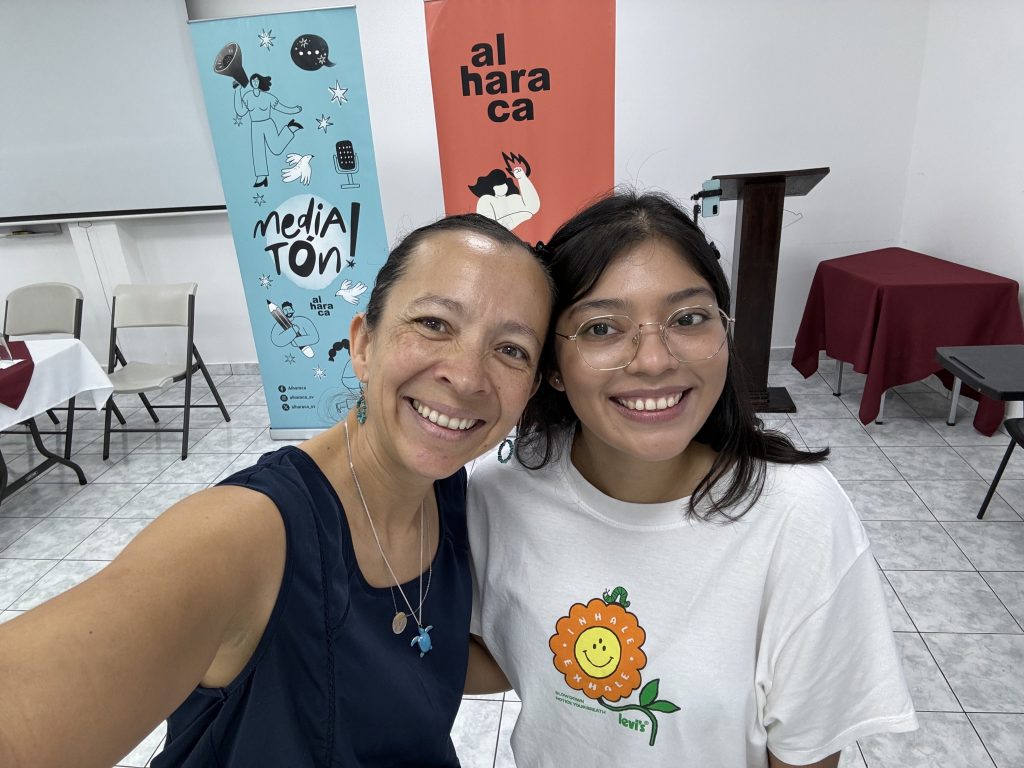What do you do before starting a new project? It can be something relatively simple like your kid’s homework from school, or reorganizing a closet at home. If you are a journalist, it might be the beginning of a new story.
You probably won’t start by brainstorming before helping your kid with homework, or creating a low-fidelity prototype for your closet organization, or sketch out a mindmap of your sources for the story. Despite my master’s degree in audiovisual and multimedia language design, it was not until recently that I understood that applying these techniques that I already knew to my work as a journalist can save me many problems and errors along the way.
Last week, at the “Mediathon / Mediatón” organized by the Salvadoran media organization Alharaca, I realized that journalists should apply these techniques much more often to our reporting, and in a more relaxed way.
Perhaps the most common process in a newsroom is the famous brainstorming, where the goal is for us to let out the chaos in our heads. In many newsrooms and other spaces for journalism production where I’ve worked, these brainstorms are rigid. In some cases there is a lot of criticism. At El Colectivo 506, Katherine and I are proud of the fact that when we sit down to “hash out” ideas, we let them flow freely; emotions are also welcome at the table. We have seen how this has allowed us to create fresh stories that are closer to what our audience asks to see.
But it was at the Mediatón that I was able to witness firsthand how much impact we can generate as journalists from free creative processes, while still working against the clock.
What did I learn from the mentors at Alharaca’s Mediatón 2024?
Alharaca, an independent, feminist and digital native media organization founded in 2018, launched the Mediatón this year when their team decided to offer a “narrative innovation laboratory focused on the theme of ‘Community Voices’” to a group of 30 Salvadoran communicators. I was invited to share a solutions journalism workshop during the event, which took place from August 22-25 in Antiguo Cuscatlán, San Salvador. However, the work does not end there. Our time together was only the first of three phases of the Mediatón: training, journalism production, and dissemination of the resulting products.
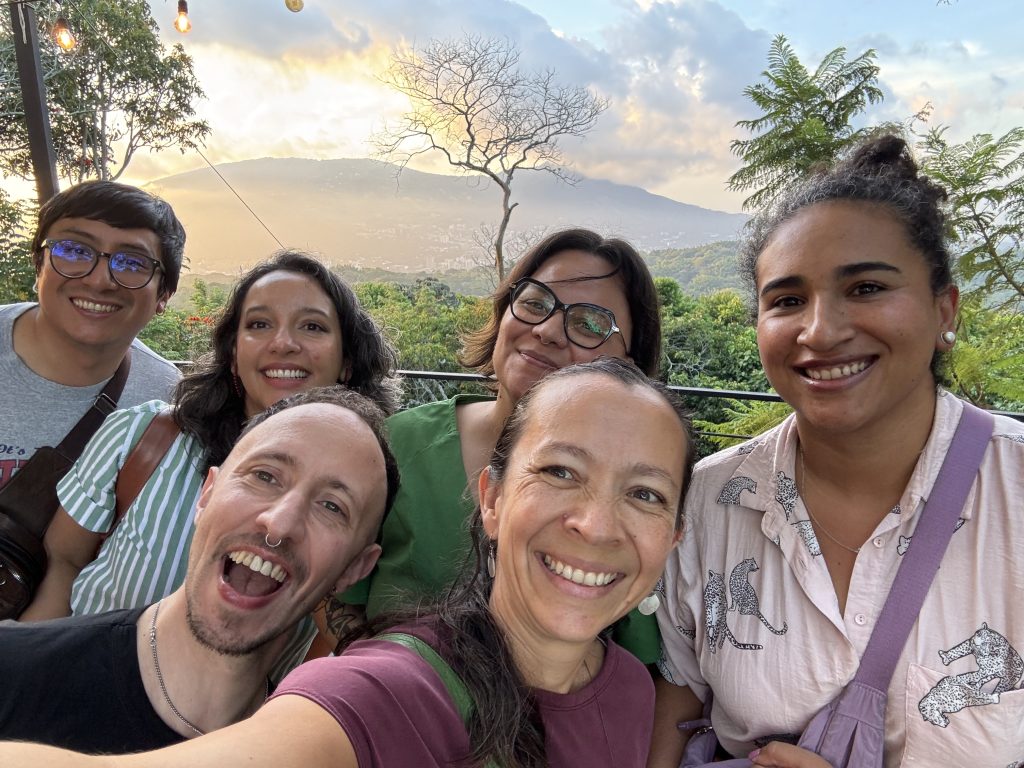
At the event, Jimena Aguilar, the executive director of Alharaca, taught me something valuable. Jimena was the main mentor of the event, and as a good leader she taught me that when it comes to finding innovative ideas—especially ideas with greater impact for our audiences—we must approach the processes with the expressive freedom of a child, the urgency of a deadline, and clarity about what we want to achieve. In many of their project development exercises, the motto was that when it comes to generating ideas during a brainstorm, “quantity is more important than quality.” This led to the flourishing of incredible ideas and journalism products that might otherwise have been overshadowed by the fear of ignorance.
A very striking example was how one of the working groups ended up devising a project to explore how Salvadoran children are paying the price for the safety their country is experiencing through the Exception Regime. This is the legal figure that allows the military to suspend certain liberties and rights when arresting people suspected of gang activity; according to international human rights organizations, this has led to thousands of unjustified detentions. This regime, implemented by the Salvadoran government, has dismantled homes and left children alone and unprotected. The conversation led to a reflection about how in El Salvador, children have had to pay a high price for many reasons that do not correspond to them.
Mijail Miranda Zapata, editorial and strategic director of the Bolivian communication and journalistic project Very Waso—who describes himself as “feminist, creative, collaborative, rebellious, independent, self-managed”—reminded me that we cannot allow ourselves to be taken in by the “rush” of producing video without first going through the most basic production processes. You know, sitting down, alone, with paper and pencil (or keyboard and screen) to reflect and write. He also reminded me that when we make audiovisual products, it’s not for nothing that the word “audio” comes first. After all, hearing is the first sense, from the womb, with which human beings interact with the world.
In the exercise seen below, participants used a large flipchart to sketch out their vision for studying a response to the housing problem in San Salvador which deserves to be more widely known and perhaps replicated in many places around the world.

Desiré Yépez, producer of Radio Ambulante, a podcast series dedicated to telling stories from Latin America, said to me that no matter what the raw objective behind a story might be, human stories matter most. Even when we hear about one person’s specific experience, we see ourselves reflected in them. That small shared space is what allows us to care about each other and to imagine fairer worlds.
Under Desiré’s guidance, several participants explored their concerns around the biology of the female sex. They thought about how journalism could serve all people within the female experience (women, girls, adolescents, trans men, mothers, women who cannot or do not want to conceive), regardless of their gender or the difficulties they face.
Lucas Fauno Gutiérrez, who traveled to the event from Buenos Aires, Argentina, works with the Presen Agencia Presentes and has dedicated his life as a journalist to promoting more inclusive coverage with a gender perspective. “We have to work with failure and not against it,” Lucas repeated several times, and this phrase has stayed with me.
He reminded us that it is not about “giving a voice” to someone, but rather recognizing that people have always had their own voice. This voice has been ignored, displaced, so it is not about providing, but about including.
Lucas inspired many people at the Mediatón—to the point that one of the groups, which chose to work on a proposal to document the historical memory of trans women in El Salvador, decided that the best way to represent this voice in all its diversity would be to prototype a multimedia website that one day will tell the story of these women based on what they themselves consider important.
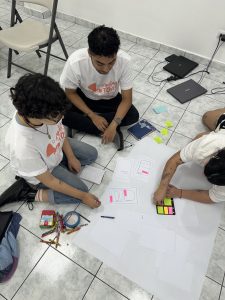
Finally, we have Kareninja, a “lesbian, comic artist and tattoo artist from Mexico City,” according to the biography shared with us. She publishes her comics in many media outlets, including Alharaca, and came to the Mediatón to demonstrate that everyone can draw. In the end, she says, the most important process is not the act of drawing itself, but finding what we want to say and discovering how it relates to others. Although hey, drawing well definitely helps! Check out her work and you will see why.
Kareninja raised the bar high. The inspiration she provided was so profound that some of the participants of the Mediathon have already put into practice what they learned, communicating what they fight for.
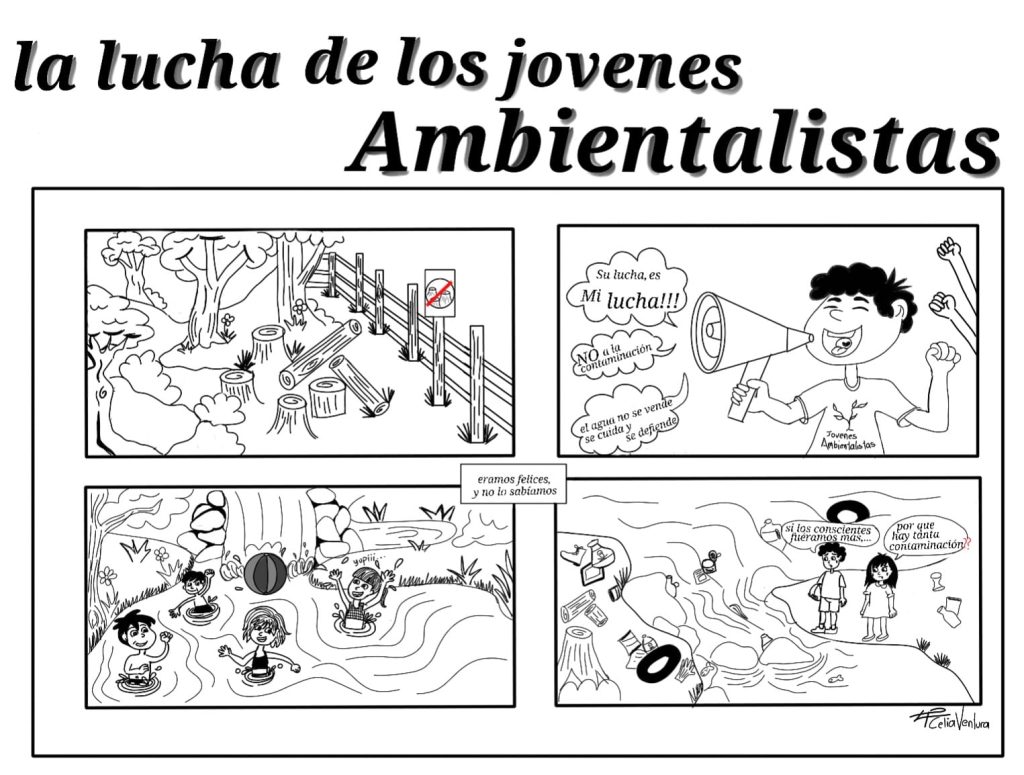
What did I learn from the participants in Alharaca’s Mediatón 2024?
It is rare to attend an event where everyone is “all in,” showing up with an honest and enthusiastic willingness to participate. This was achieved at the Mediatón, although the event was also much more than that.
The sheer amount of accumulated talent at the event is staggering, but humility—demonstrated by respect and admiration for the other person, by the desire to learn, for the desire to advance as a team—made that accumulation of talent multiply. We realized that we really can be much more than the sum of our parts.
The commitment and enthusiasm with which these 30 Salvadoran people worked for 4.5 days resulted in eight journalism proposals that seek to present in El Salvador in a different way. Not only do they want to present these stories through solutions journalism—which is what I brought to the table—but they also want to create rigorous journalism that moves away from the traditional, from the norm.
I arrived at the Mediatón with absolute willingness to learn, and with the hope that the event could contribute something to their professional and—why not?—personal lives. I left there convinced that I wasn’t alone, and that in community, we can promote innovation and give life to journalism.
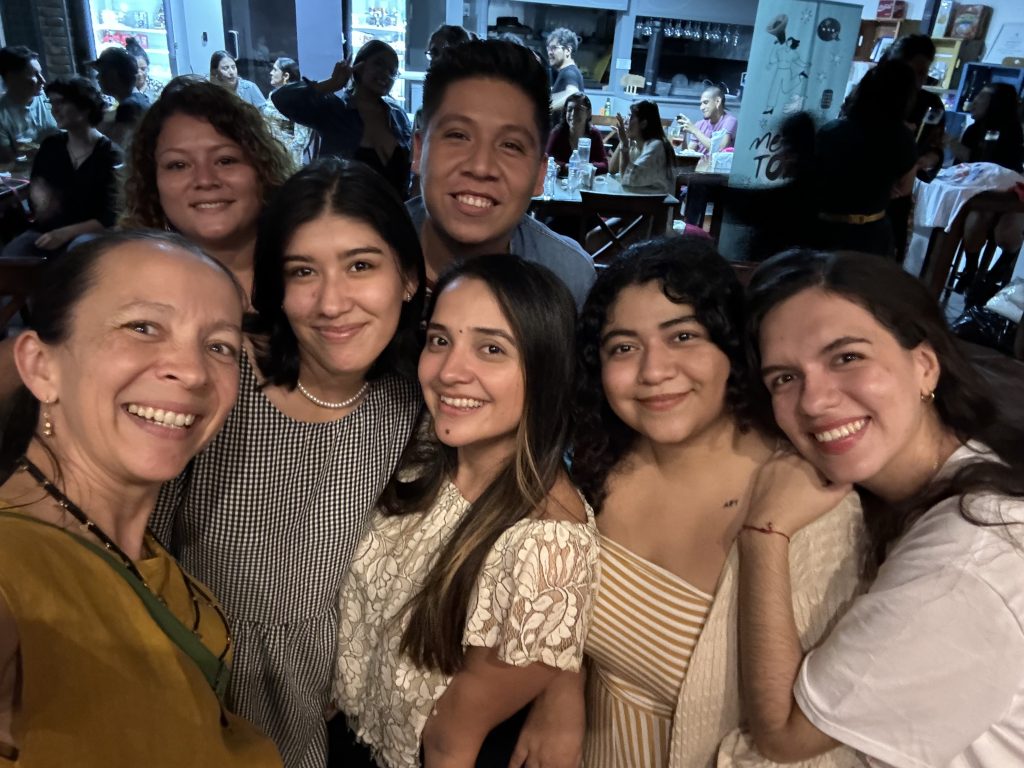
What’s ahead for the Mediatón 2025?
Jimena, Bego, Nelly and I, along with many others behind the experience of the Mediatón 2024, made a pact at the end of the event sealed with dancing, hugs, and joy. We want to do the Mediatón 2025 in Costa Rica, organized by Alharaca and El Colectivo 506. That way, we can extend the learning of this extraordinary event—but above all, the support networks it generates—to our entire beautiful Central American region.
Our desire to accomplish this emerged from a successful experience with great impact. We want to help this effort continue and grow. Will you join us?
We hereby call on all those who understand and support the role of journalism in the survival of our democracies—and therefore the guarantee of human rights and justice—to contact us so we can start planning. Don’t close your 2025 budgets without talking to us! Please write to us a [email protected], and we, Alharaca and El Colectivo 506, will check in with you right away.
